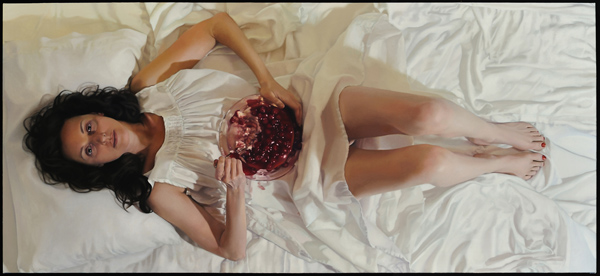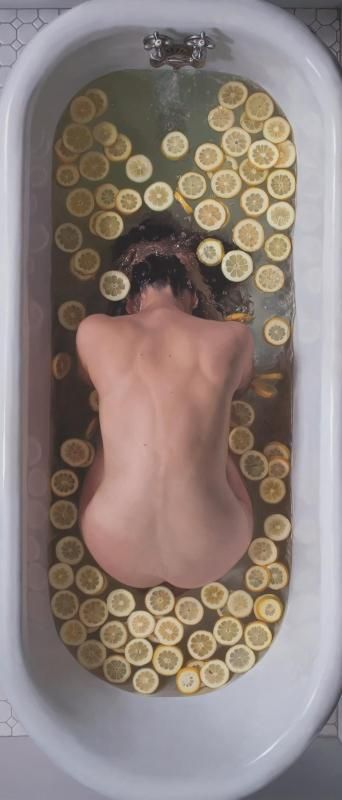Jay David Bolter and Richard Grusin suggest that when we encounter digital technologies, we desire immediacy; that is, we want to encounter digital reality without being hindered by the interface of the digital medium through which it is experienced (318). Ideally, a medium’s interface would be “transparent” to the viewer insofar as it offers an unmediated experience of the technology (318). This desire for transparency has a long history: Bolter and Grusin trace the extent to which other mediums, most notably painting and photography, preceded digital immediacy (318). Painters used linear perspective and erasure to minimize the appearance of brush strokes while photographers created chemical images that similarly attempted to “conceal both the process and the artist” (319).
Ultimately, Bolter and Grusin describe a theory of remediation–the “borrowing” of an older medium to be reused in a new and different one (339). However, it goes both ways: users of older mediums such as film can incorporate newer mediums into their work (342). An example of this can be found, I think, in contemporary photorealistic painting.
Lee Price, an American figurative realist painter, has been recognized primarily for her hyperrealistic paintings of women with food.

Price paints these images from photographs she takes from a vantage point. In all but a couple of portraits–one featuring her friend, another featuring her mother–Price herself is the subject of the painting.

The photorealistic style of Price’s paintings make it slightly difficult for a viewer to immediately recognize the image as an oil painting; rather, the image appears very much like a photograph. The paintings are thus remediated by the art of photography; the hyperealism is, I think, the means through which the viewer can more directly engage with the image. Just as digital hypermedia “seek the real by multiplying mediation so as to create a feeling of fullness” that “can be taken as reality,” Price’s paintings draw attention to the photographic nature of the image in order to create a sense of immediacy (343). This sense of immediacy is meant, it seems to me, to make the viewer forget that they are looking at a painting. Through emphasizing the photograph within the painting, I think Price’s paintings ultimately force the viewer to engage more closely with the subject of her artwork–the subject being most often herself, and always a female body. Ultimately, the viewer is forced to consider the relationship of the female body to food in relation to its place within a public gaze.
The first time I saw these paintings was on Tumblr. When they first appeared on my dashboard in a relatively small image format, I did immediately think that they were photographs. It was only when I looked closer that I realized they were actually paintings. This double-take–first thinking that I was looking at a relatively unmediated photograph, and ultimately realizing I was looking at a painting of a photograph–captured my attention.
To me, the immediacy of the paintings is most apparent given the intimate subject matter of the images. Photorealism allows the closest thing available to an unmediated look at the artist’s relationship with her body. Or at least, that’s how I’ve interpreted it!
Also, you can see some more examples of photorealistic painting here.
Sources:
Bolter, Jay David and Richard Grusin. “Remediation.” Configurations 4.3 (1996): 311-358. Web.
Lee Price. Lee Price Studio. Web. 3 February 2016.
